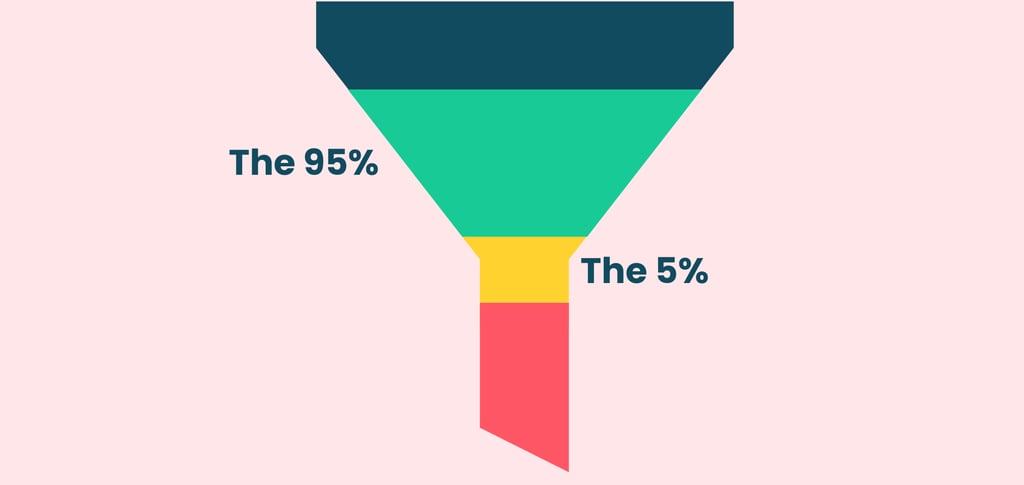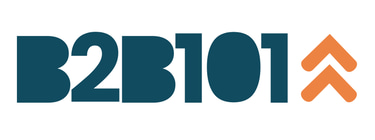Demand Generation vs Lead Generation
FAQ What is the difference between demand generation and lead generation?


In the world of B2B SaaS marketing, the terms "demand generation" and "lead generation" are often used interchangeably, yet they are actually very distinct.
They are complementary of each other, serving specific purposes within the marketing funnel. Understanding their individual roles is key to a successful strategy.
Demand Generation: Building highly targeted awareness and interest with the 95%
Demand generation aims to establish a strong connection with a clearly identifiable target audience with a specific and definable need. There are a few methods you can use to define this need, normally focusing on a pain point where your business has a strong solution is best.
The objective with demand generation is to
awareness of your products. Its purpose is to shape how your target audience recognises, perceives, understands, and remembers you, ultimately building trust and value. This phase educates audiences about product benefits and positions your brand in relation to their specific needs, attracting those with known problems for which your business offers a solution.
Operating primarily in the Top (ToFu) to Mid-Funnel (MoFu) , demand generation encourages accessibility and interaction without immediately capturing personal details. Tactics include ungated shareable content, influencer collaborations, client use examples, videos, articles, infographics, social posts, polls, SEO, SEM, web blogs, webinars, and workshops.
Lead Generation: Converting the 5% in-market to high intent leads
Today I prefer to think of 'lead generation' as 'lead conversion'. Whereby the focus is on converting the demand you've already generated around the problem and solution into 'ready-to-buy leads'.
Lead conversion techniques attracts and identifies potential customers who have shown interest by providing them with a valuable exchange for their information. This stage typically operates from the Mid-Funnel (MoFu) to the Bottom-of-Funnel (BoFu).
Key lead generation activities include high-value gated content, landing pages, forms, surveys, PPC and paid social media ads, downloadable whitepapers, e-books, reports, interactive tools, webinar and workshop registrations, promotions, offers, demos, and pricing requests.
The Core Difference: Purpose and Funnel Position
The fundamental difference lies in their immediate objectives: demand generation expands awareness and educates , while lead generation funnels that interest into specific, identifiable prospects. Demand generation is about broadening your reach and brand recognition, whereas lead generation is about capturing those ready to engage further.
Tailoring to Your Target: SMEs vs. Enterprise
The application of demand and lead generation varies when targeting SMEs versus enterprise clients. For SMEs, often with fewer stakeholders and faster deal times, a more direct, lead-level approach is common. The focus is on immediate value and quick lead capture.
Conversely, enterprise clients involve multiple stakeholders and longer sales cycles. This necessitates an Account-Based Marketing (ABM) strategy. Here, demand generation builds a robust brand presence and educates various stakeholders within a target account. Lead generation activities are then tailored to engage different roles within the buying committee over an extended period, requiring personalised content and targeted outreach to nurture relationships with multiple individuals concurrently before conversion.
